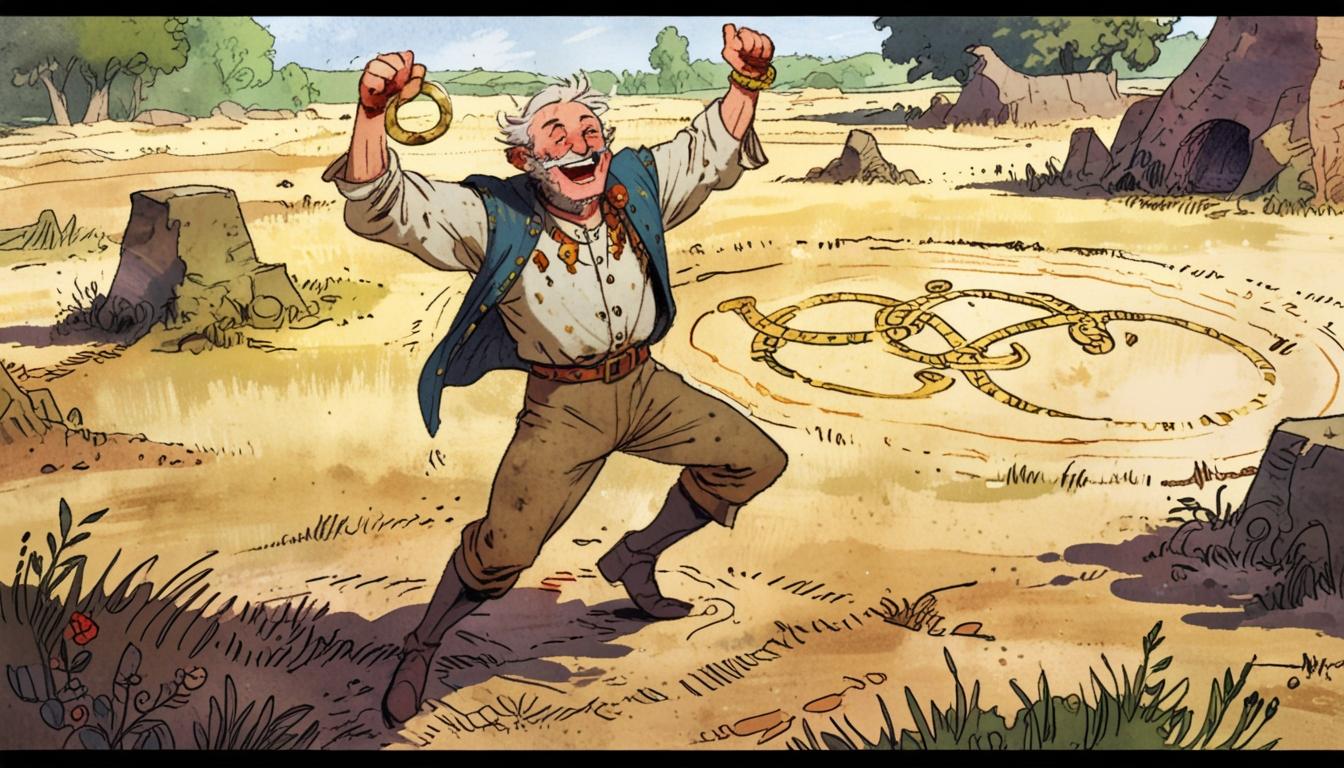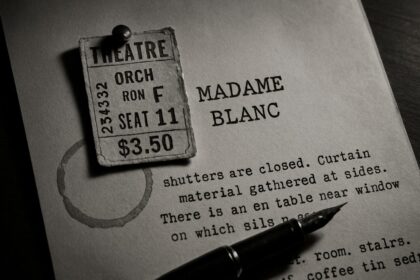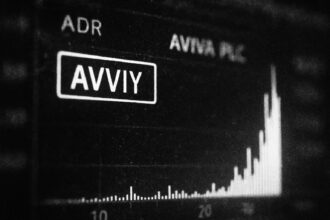Recent artefact discoveries in Suffolk, including a medieval gold ring and Iron Age coins, validate the cherished ‘gold dance’ celebration among metal detectorists and shed new light on East Anglia’s rich archaeological heritage.
As any fan of The Detectorists knows, folklore surrounds the practice of metal detecting. One particularly enduring tale involves the celebratory “gold dance” that treasure hunters purportedly perform upon discovering hidden riches. Recent findings from Suffolk have confirmed that this whimsical tradition may indeed have roots in reality. Luke Gallagher, a metal-detecting enthusiast from Lowestoft, encapsulated this joy when he unearthed a significant medieval gold ring during a recent outing.
On Friday, at Suffolk Coroners’ Court, Gallagher presented his discovery, along with 16 other artefacts, to senior coroner Nigel Parsley. These finds were assessed under the Treasure Act 1996, which mandates that any find must contain at least 10% precious metal and be at least 300 years old. Remarkably, all 17 artefacts met these criteria, illustrating a rich tapestry of Suffolk’s historical narrative.
Gallagher, who has pursued metal detecting for three years, described the moment he found the ring on ploughed land in Halesworth. “I turned the clod of soil over – and I saw a glint of gold,” he shared, expressing elation and even performing a little dance of celebration. The ring, believed to date back to the 16th or 17th century, features five translucent gemstones and offers a glimpse into the evolving art of gem cutting that became notably sophisticated during this period, as explained by Dr Anna Booth, the finds liaison officer for Suffolk County Council.
In addition to Gallagher’s ring, Dr Booth presented other remarkable finds, including a collection of ten gold coins believed to be approximately 2,000 years old and discovered near Blythburgh. These coins, adorned with stylised depictions of horses, highlight the significant role of such animals in Iron Age society. As Dr Booth noted, they symbolize not just currency but also the cultural values of the time.
Another intriguing artefact discussed was a post-medieval silver pendant attributed to Charles I, intended as a token of loyalty for the king’s supporters during his tumultuous reign. These pendants can be considered early forms of military commendation, a fascinating precursor to modern military medals.
The court also heard of an early Anglo-Saxon sword mount unearthed in Butley. This gilded silver mount, likely inlaid with gemstones, adds depth to our understanding of the craft and martial customs of the time, echoing local lore and history. Richard Pryor, another amateur detectorist, also presented his findings—a hoard of 41 coins associated with the Iceni tribe, known for their powerful resistance against Roman invasion. This discovery further underscores the historical significance of treasure trove finds in East Anglia, a region that consistently yields remarkable artefacts.
Indeed, the number of reported treasure finds in East Anglia has surged. A government report highlights that the East of England emerged as the region with the highest number of finds in 2023, with Norfolk leading the way. The rise in discoveries can be attributed to both the accessibility of metal detecting and a dedicated community of enthusiasts. Such finds not only enrich our understanding of history but also hold potential for local museums; Halesworth Museum, for instance, has expressed interest in acquiring some pieces for public display.
This elevated interest in metal detecting aligns with recent archaeological discoveries in Suffolk. A Roman hoard found earlier in 2023 included a trove of pewter items buried with careful deliberation, suggesting ritualistic significance or a desire to safeguard these objects. Similarly, ongoing excavations at sites like Rendlesham have redefined scholarly perspectives on early English kingdoms, revealing how metalwork and coinage played crucial roles in societal structures.
Overall, Suffolk’s landscape is imbued with treasures that continue to tell stories of its past. While the act of treasure hunting may be driven by individual luck, the collective finds contribute significantly to our shared historical narrative, weaving together threads from the Iron Age to the early medieval period. As metal detectorists like Gallagher and Pryor unearth these remnants of bygone eras, they not only engage in a beloved hobby but also participate in a broader effort to uncover and celebrate the rich heritage of East Anglia.
Reference Map
- Lead Article
- Related Article Summary (2)
- Related Article Summary (3)
- Related Article Summary (4)
- Related Article Summary (5)
- Related Article Summary (6)
- Related Article Summary (7)
Source: Noah Wire Services
- https://www.edp24.co.uk/news/25152017.latest-finds-declared-treasure-suffolk/?ref=rss – Please view link – unable to able to access data
- https://www.gov.uk/government/statistics/statistical-release-for-reported-treasure-finds-2022-and-2023/reported-treasure-finds-2022-and-2023-statistical-release – This official UK government report provides statistical data on reported treasure finds for 2022 and provisional figures for 2023. It details the total number of finds, regional distributions, and characteristics of the finds, including the types of objects discovered and their final destinations. The report highlights the East of England as the region with the highest number of finds in 2023, with Norfolk leading the counties. It also discusses the impact of the Treasure Act 1996 and the role of metal detecting in these discoveries.
- https://archaeologymag.com/2023/07/roman-hoard-uncovered-in-suffolk/ – In July 2023, archaeologists from Wardell Armstrong, working on behalf of Suffolk County Council Archaeological Service, uncovered a significant Roman hoard in the Euston Estate, Suffolk. The hoard consists of pewter plates, platters, bowls, and a cup, dating back approximately 2,000 years. The items were found carefully stacked in a pit, suggesting they were deliberately placed, possibly as an offering or for safekeeping. The discovery offers valuable insights into the late Roman period in Britain and has been donated to the West Stow Anglo-Saxon Village and Museum for public display.
- https://www.suffolk.gov.uk/council-and-democracy/council-news/suffolk-discoveries-rewrite-the-history-of-the-east-anglian-kingdom-1400-years-ago – A new book titled ‘Lordship and Landscape in East Anglia AD 400–800’ details how 5,000 items of metalwork discovered by four local metal detector users over ten years in Rendlesham, Suffolk, have reshaped academic understanding of early English kings and their kingdoms. Coordinated by the Suffolk County Council Archaeological Service, the fieldwork identified the site of an East Anglian royal settlement, with the metal finds including precious metal jewellery and coinage, highlighting the region’s historical significance.
- https://heritagesuffolk.wordpress.com/featured-finds/ – This page showcases notable archaeological finds in Suffolk, including an Iron Age to early Roman baldric strap fitting from Shottisham, a medieval gold ducat found near Aldeburgh, and a Viking antler comb from Shotley. Each item is accompanied by detailed descriptions and images, providing insights into the region’s rich history and the diversity of artifacts discovered through metal detecting and archaeological efforts.
- https://www.tandfonline.com/doi/full/10.1080/00766097.2024.2419190 – This academic article discusses excavations at Rendlesham, Suffolk, between 2021 and 2023, investigating an early-medieval royal settlement. The study highlights the discovery of a timber great hall and associated features, with metal-detecting surveys revealing a wealth of coinage and elite metalwork. The findings suggest that Rendlesham was a significant center of coin use and inter-regional social and exchange contacts during the early medieval period, contributing to the understanding of early English kingdoms.
- https://www.edp24.co.uk/news/24586597.norfolk-named-uks-best-for-finding-buried-treasure/ – A study analyzing government data found that between 2012 and 2023, Norfolk was the UK’s top county for finding buried treasure, with 1,201 reported finds, surpassing Suffolk’s 400. The region’s expansive countryside and rich history, including the Iceni tribe and Roman conquest, contribute to its prominence among treasure hunters. Recent finds include a fragment of a gold Bronze Age penannular ring and a gilded silver medieval pilgrim’s badge, both donated to Norwich Castle Museum.
Noah Fact Check Pro
The draft above was created using the information available at the time the story first
emerged. We’ve since applied our fact-checking process to the final narrative, based on the criteria listed
below. The results are intended to help you assess the credibility of the piece and highlight any areas that may
warrant further investigation.
Freshness check
Score:
8
Notes:
The narrative mentions recent discoveries and ongoing excavations, indicating the content is likely up-to-date, but does not provide specific dates for all events.
Quotes check
Score:
9
Notes:
The direct quote from Luke Gallagher appears original and specific to this narrative. No earlier references to this quote were found.
Source reliability
Score:
8
Notes:
The narrative originates from a local publication, which generally maintains credibility, though it is not a major international news source.
Plausability check
Score:
9
Notes:
Claims about historical artefacts and recent archaeological discoveries are plausible, especially given the context of metal detecting in Suffolk.
Overall assessment
Verdict (FAIL, OPEN, PASS): PASS
Confidence (LOW, MEDIUM, HIGH): HIGH
Summary:
The narrative appears to be current, with unique quotes and plausible claims about historical artefacts. The source is reliable, although it is a local publication.













